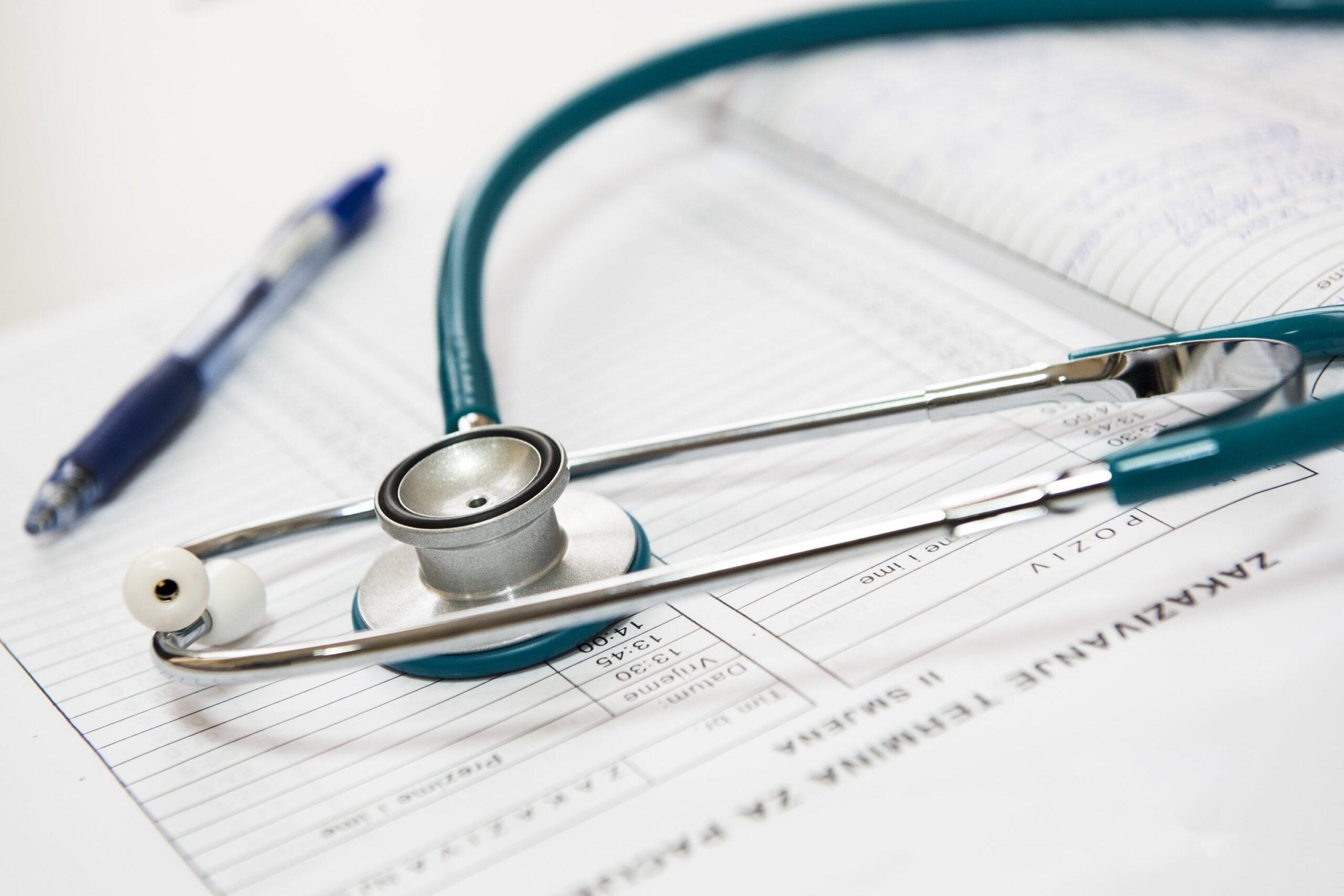I. Introduction
Medical devices are an integral component of modern healthcare, offering innovative solutions for diagnosing, treating, and monitoring various medical conditions. These devices range from simple diagnostic tools to complex implantable systems. However, the increasing complexity and diversity of medical devices necessitate a robust regulatory framework to ensure their safety and effectiveness.
II. Historical Evolution of Medical Device Regulation
The evolution of medical device regulation is a historical continuum driven by advances in both medical science and technology. Early in the 20th century, medical device regulations were rudimentary. However, a pivotal moment in the history of medical device regulation occurred during the 1960s with the thalidomide tragedy, a drug incident that also highlighted the risks associated with inadequately regulated medical devices. This incident spurred the development of more stringent regulatory control in various countries.
III. Significance of Medical Device Regulation
A. Ensuring Patient Safety: The paramount goal of medical device regulation is to protect patients from harm. Through rigorous testing, clinical evaluation, and post-market surveillance, regulatory agencies aim to mitigate the risks associated with the use of medical devices, ensuring patient safety.
B. Fostering Innovation: Contrary to the notion that strict regulation hampers innovation, effective regulation can actually stimulate innovation. By setting clear safety and performance standards, regulation provides manufacturers with a framework within which they can develop and introduce new devices that meet high safety and efficacy criteria.
C. Compliance with International Standards: In today's globalized world, the harmonization of regulations across borders is crucial. This harmonization ensures that medical devices can be used internationally without compromising patient safety. It allows for the efficient exchange of medical technologies and knowledge worldwide.
IV. Key Aspects of Medical Device Regulation
A. Device Classification by Risk: Regulatory authorities classify medical devices into various risk categories, typically ranging from class I (low risk) to class III (high risk). This classification dictates the level of scrutiny and evaluation required before a device can be marketed.
B. Certification and Registration Process: Manufacturers must navigate a comprehensive certification and registration process to demonstrate that their devices meet the necessary safety and performance requirements. This process may involve substantial documentation and assessment by regulatory bodies.
C. Safety and Efficacy Evaluation: The evaluation of medical devices includes pre-market assessments through clinical trials, post-market surveillance to detect adverse events, and ongoing monitoring to ensure the continued safety and effectiveness of the devices in the market.
D. Adherence to Regulatory Authorities and Standards: Manufacturers must adhere to the guidelines and standards set forth by the respective regulatory authorities, such as the U.S. Food and Drug Administration (FDA) in the United States or the European Medicines Agency (EMA) in Europe. Compliance with these standards is critical for market entry.
V. Roles of Different Organizations in Regulation
A. National Medical Agencies: National agencies, like the FDA in the United States or the Medicines and Healthcare Products Regulatory Agency (MHRA) in the United Kingdom, are primarily responsible for regulating medical devices within their respective countries. They conduct pre-market reviews, inspections, and post-market surveillance to ensure compliance.
B. International Organizations: International organizations, including the World Health Organization (WHO) and the International Medical Device Regulators Forum (IMDRF), work collaboratively to develop global standards and guidelines for medical device regulation. This collaboration promotes consistency and quality in device regulation worldwide.
C. Interaction with Device Manufacturers: Regulatory bodies engage in ongoing interactions with manufacturers. These interactions are critical to address compliance issues, expedite approvals, and resolve safety concerns promptly, ensuring that safe and effective devices reach patients.
VI. Challenges and Issues in Medical Device Regulation
A. Risks of Inadequate Regulation: Inadequate or lax regulation can result in substandard or unsafe devices entering the market, putting patients at risk. Ensuring a proper balance between innovation and safety is a persistent challenge for regulators.
B. Counterfeit and Substandard Devices: The proliferation of counterfeit and substandard medical devices is a significant concern in global healthcare markets. These products pose serious risks to patients and require strong enforcement measures to combat them effectively.
C. Emerging Technology Challenges: Rapid technological advancements, such as AI-driven medical devices and telemedicine platforms, introduce novel regulatory challenges. Regulators need to adapt and develop new evaluation criteria to accommodate these innovative technologies while ensuring safety and effectiveness.
VII. Successful Regulatory Models
A. Effective National Regulation: Countries such as Germany and the United States have established comprehensive and effective regulatory frameworks. These models are characterized by stringent standards, robust oversight, and clear processes, ensuring both innovation and patient safety.
B. International Cooperation: The European Union's CE marking system exemplifies the benefits of international cooperation in regulation. It allows medical devices to be marketed across multiple countries without duplicative testing, streamlining market access and fostering innovation.
VIII. The Future of Medical Device Regulation
A. Current Trends and Changes: The landscape of medical device regulation is evolving. Emerging trends include a shift towards value-based healthcare, emphasizing patient-centered outcomes and cost-effectiveness as essential components of regulatory decision-making.
B. Innovative Approaches to Safety: The use of real-world evidence and continuous monitoring are shaping the future of medical device safety. These approaches allow regulators to gather data beyond clinical trials and respond to safety concerns more rapidly.
IX. Conclusion
In conclusion, the regulation of medical devices is a cornerstone of modern healthcare, with far-reaching implications for patient well-being, innovation, and global health. Effective regulation ensures that patients can place their trust in the safety and efficacy of the devices used in their care, fostering a culture of innovation and driving advancements in healthcare. As technology continues to evolve, regulatory bodies must remain agile to address new challenges while upholding patient safety as their highest priority.
